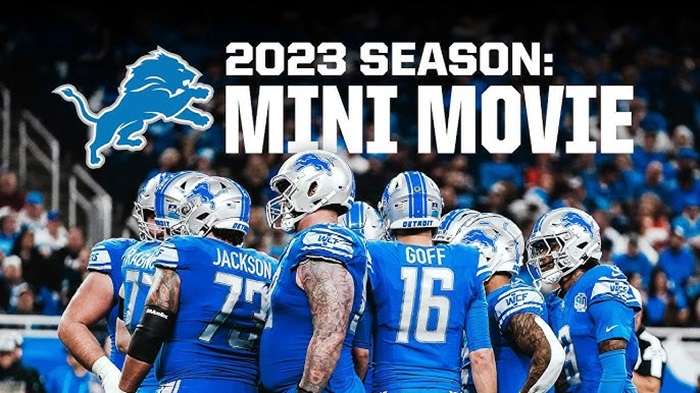Hockey is a thrilling and fast-paced sport that keeps fans on the edge of their seats. From the ice rink to the locker rooms, every aspect of the game is carefully orchestrated to ensure maximum excitement. But amid the exhilarating plays and bone-crushing checks, have you ever wondered, “How long are hockey games?” Let’s break down the duration of hockey games, the factors influencing game time, and what fans can expect during a typical game.
Understanding the Basic Structure of a Hockey Game

The Game Clock: An Overview
A standard ice hockey game is divided into three periods, each lasting 20 minutes of playtime. This is the core structure that fans often think of when they think about game length. However, the real-time duration of a hockey game extends beyond these 60 minutes due to various stoppages, breaks, and potential overtime periods.
Periods and Intermissions
1. First Period: The game kicks off with the first 20 minutes of intense action, where teams battle to set the tone.
2. Intermission 1: A 17-minute break allows players to catch their breath and strategize for the second period.
3. Second Period: Another 20 minutes of exhilarating play follows, with teams continuing their fight for supremacy.
4. Intermission 2: A second 17-minute break provides an opportunity for players to rest and regroup.
5. Third Period: The final 20 minutes are crucial, often packed with high tension as teams push for the win.
The Clock vs. Real-Time
The game clock only runs when the puck is in play. When the puck is out of play, such as during penalties, stoppages for injuries, or when the referee blows the whistle, the clock is stopped. This means the actual time spent watching a hockey game is significantly longer than the 60 minutes of play.
Factors Influencing the Duration of a Hockey Game
Stoppages in Play
Stoppages in play can add several minutes to the total duration of a hockey game. Common reasons for stoppages include:
1. Icing: When a player shoots the puck across both the center red line and the opposing team’s goal line without any other player touching it, the game is stopped, and a faceoff is conducted in the offending team’s zone.
2. Offsides: If players enter the attacking zone before the puck, play is halted until the puck is moved back to the neutral zone.
3. Penalties: When a player commits a foul, they may be sent to the penalty box, leading to a temporary stoppage and a power play situation for the opposing team.
4. Injuries: If a player is injured, the game is stopped until medical staff can attend to the player and ensure their safety.
Overtime and Shootouts
In the event of a tie at the end of the third period, hockey games can extend into overtime. Here’s how it works:
1. Overtime Period: Regular season games feature a five-minute sudden-death overtime period where the first team to score wins. During the playoffs, overtime periods are 20 minutes long, and teams continue to play until one team scores.
2. Shootouts: If the game remains tied after the overtime period, a shootout determines the winner. Each team selects three players to take penalty shots, and the team with the most successful shots wins. If still tied, the shootout continues with additional rounds until a winner is determined.
Television Timeouts
Television broadcasts often include timeouts to accommodate commercial breaks. These breaks are typically 2-3 minutes long and can add additional time to the overall game duration.
Average Game Duration
Regular Season Games
On average, a regular-season NHL game lasts about 2.5 to 3 hours. This includes the 60 minutes of playtime, intermissions, stoppages, and any overtime or shootouts.
Playoff Games
Playoff games tend to be longer due to the potential for multiple overtime periods. The average duration of a playoff game can range from 3 to 4 hours, depending on the length of the overtime periods and the intensity of the match.
The Fan Experience: What to Expect

Game Day Preparation
Arriving early at the rink can enhance the fan experience. Expect to spend some time finding parking, getting through security, and grabbing concessions. The pre-game atmosphere, including national anthems and team introductions, adds to the excitement and anticipation.
During the Game
Fans should be prepared for a dynamic experience filled with action, occasional stoppages, and crowd noise. The overall duration of the game, including breaks and stoppages, is an integral part of the experience, allowing fans to catch their breath and discuss plays.
Post-Game
After the final whistle, players may take a lap around the rink to acknowledge fans, and media interviews or post-game analysis can add a few more minutes to the total time spent at the arena.
Related Post:
Big Brother Reindeer Games: A Winter Wonderland of Competition
2 Player Games Unblocked: The Ultimate Guide to Fun and Friendly Competition
OVO Cool Math Games: A Complete Guide to Mastering the Game
The duration of a hockey game is more complex than the simple sum of three 20-minute periods. With stoppages, intermissions, potential overtime, and other factors, the overall length of a hockey game can range from 2.5 to 4 hours. Understanding these elements can help fans better plan their game day experience and fully appreciate the excitement and drama of hockey.
So, the next time you’re gearing up for a hockey game, remember that the real action extends beyond the clock, providing a thrilling experience from start to finish. Enjoy the game!


